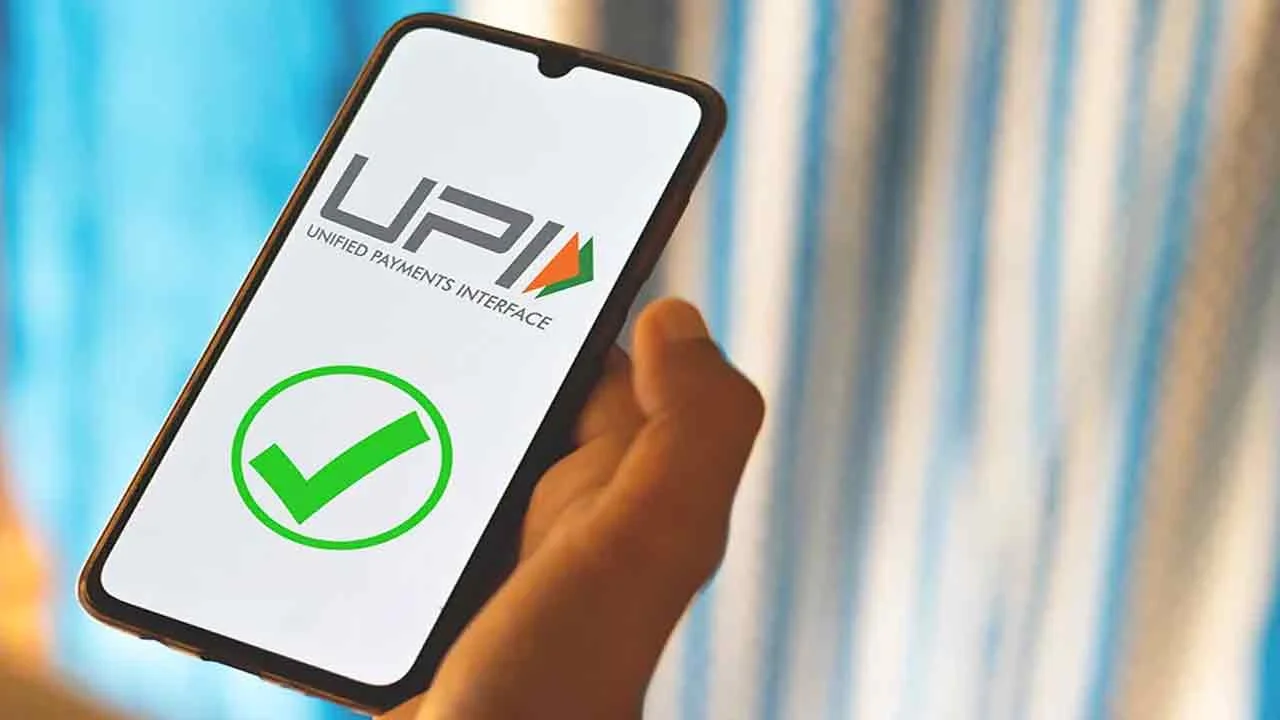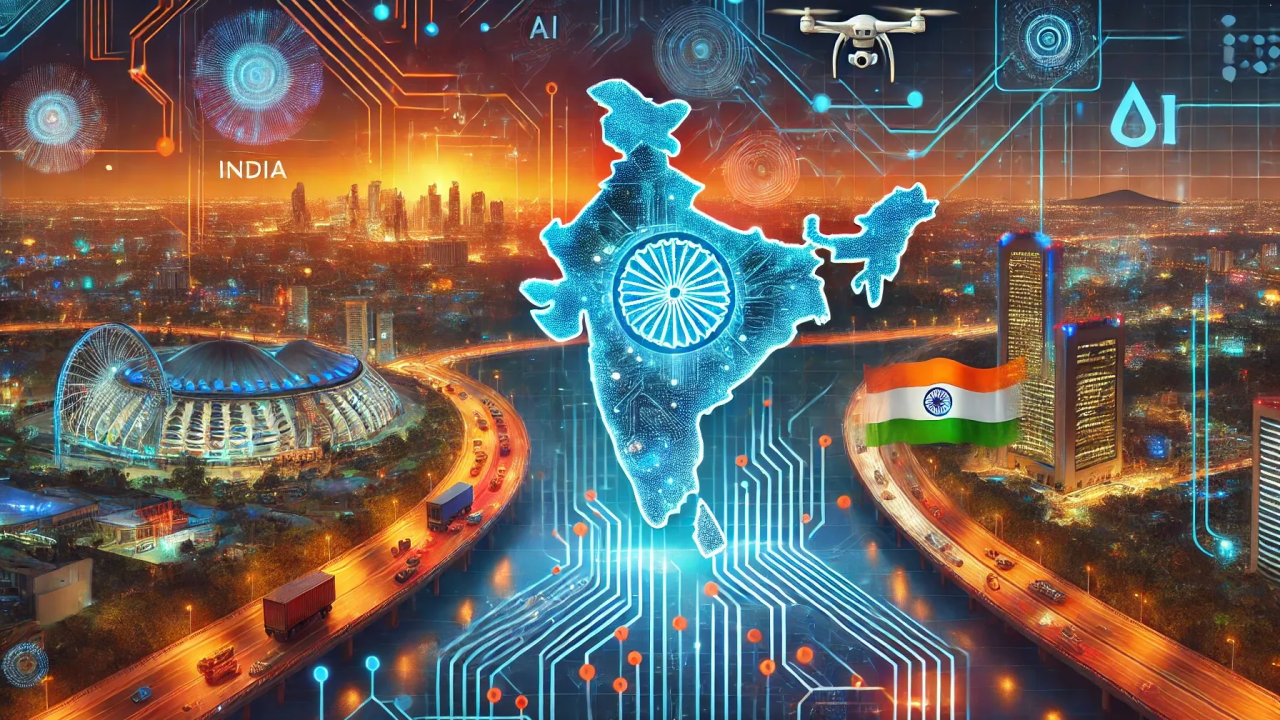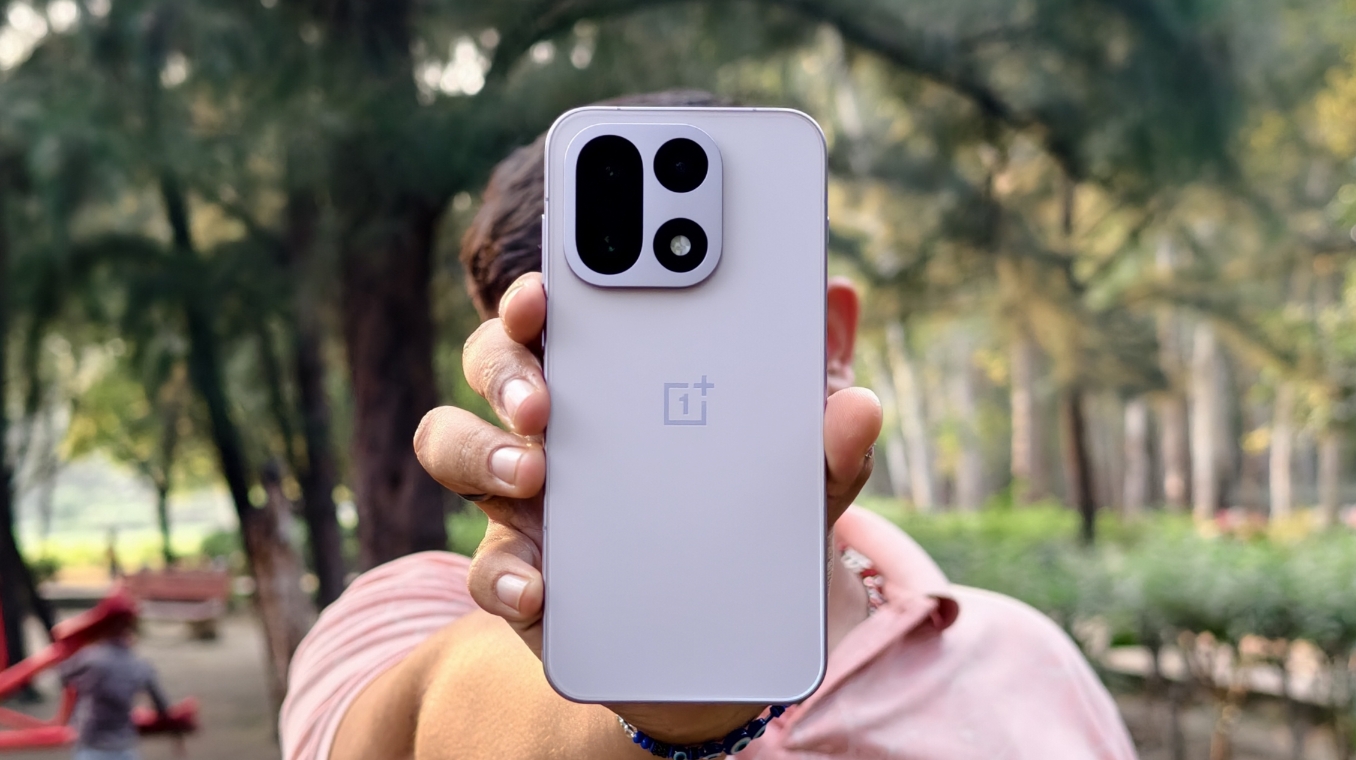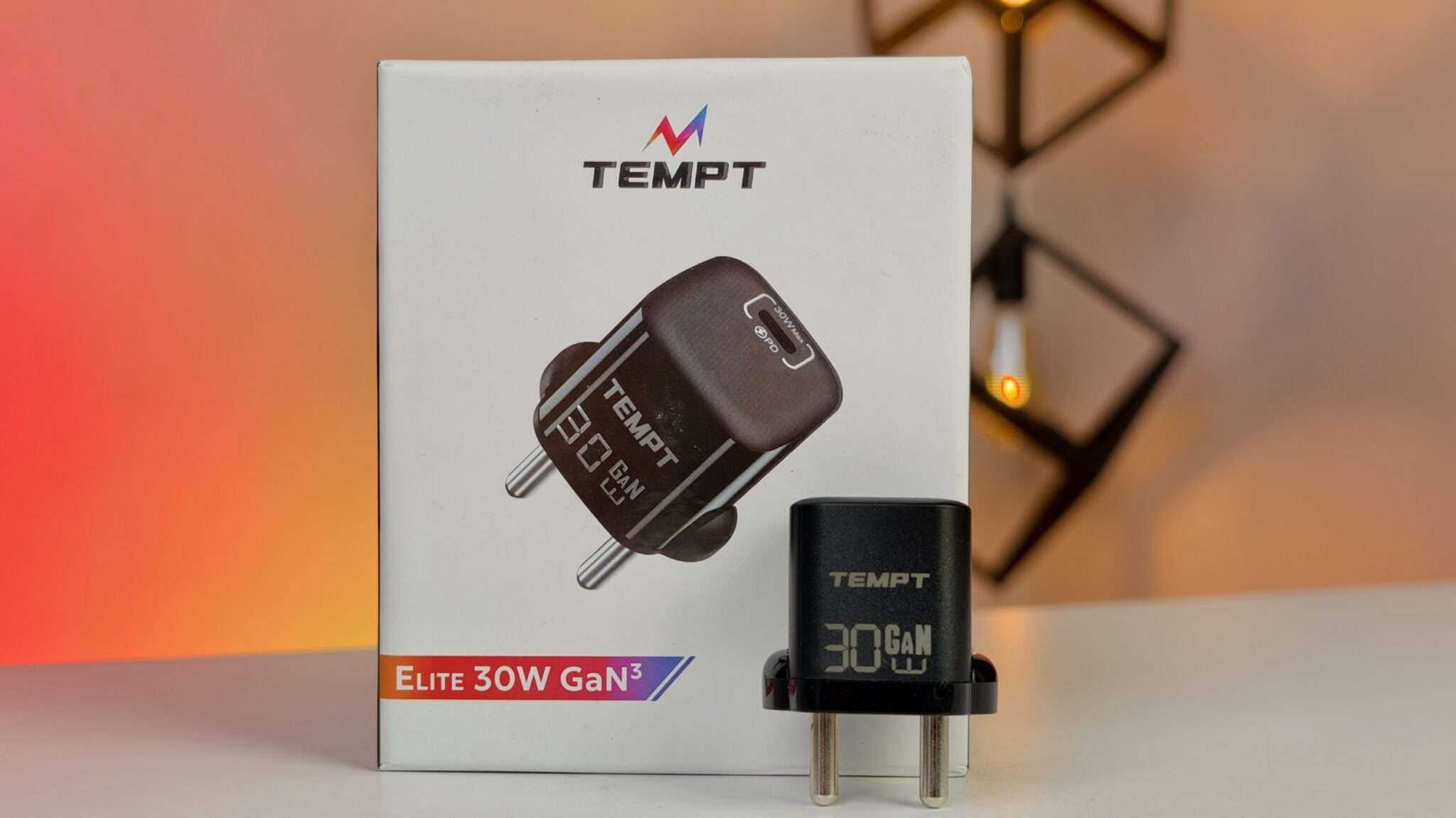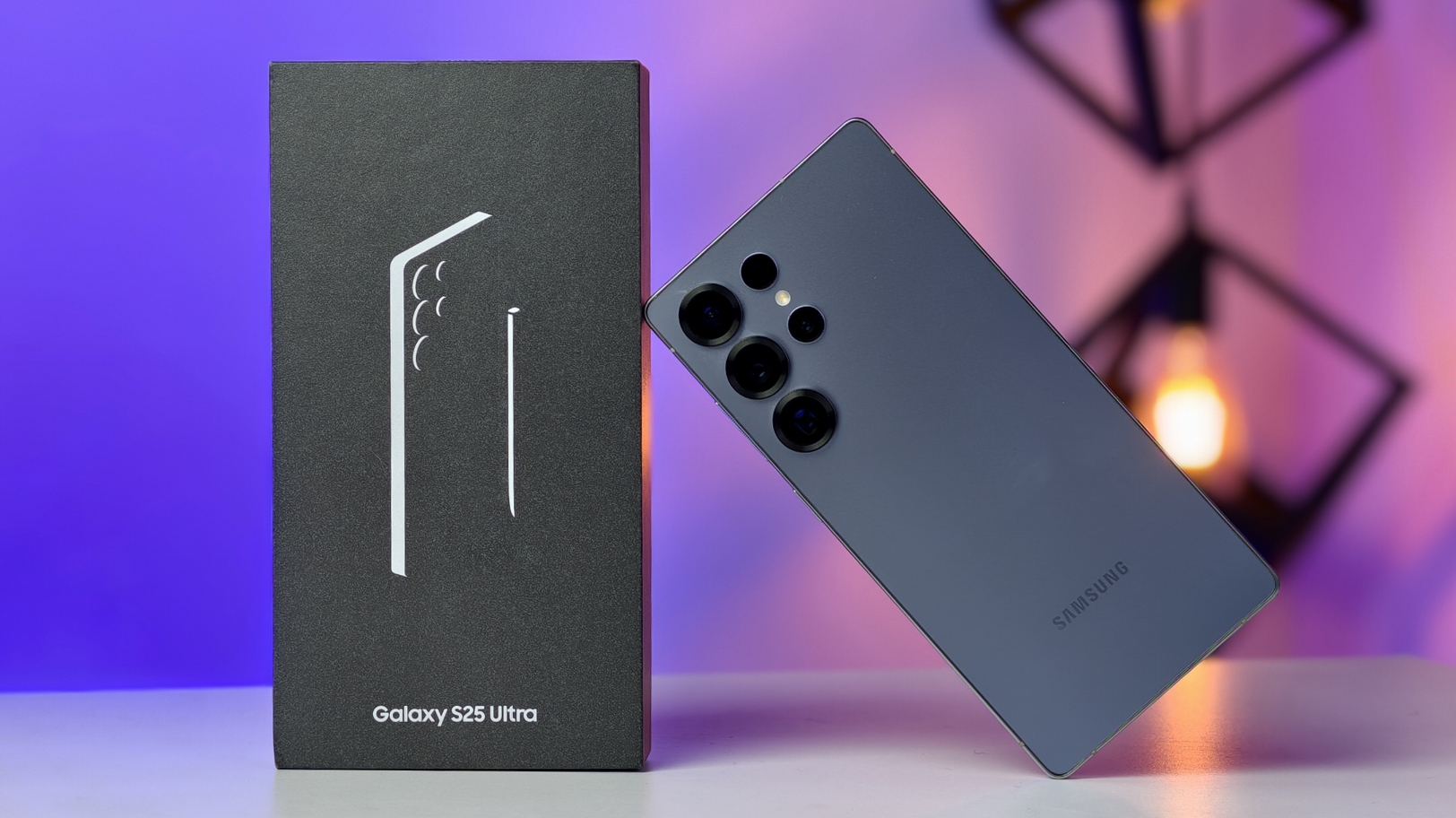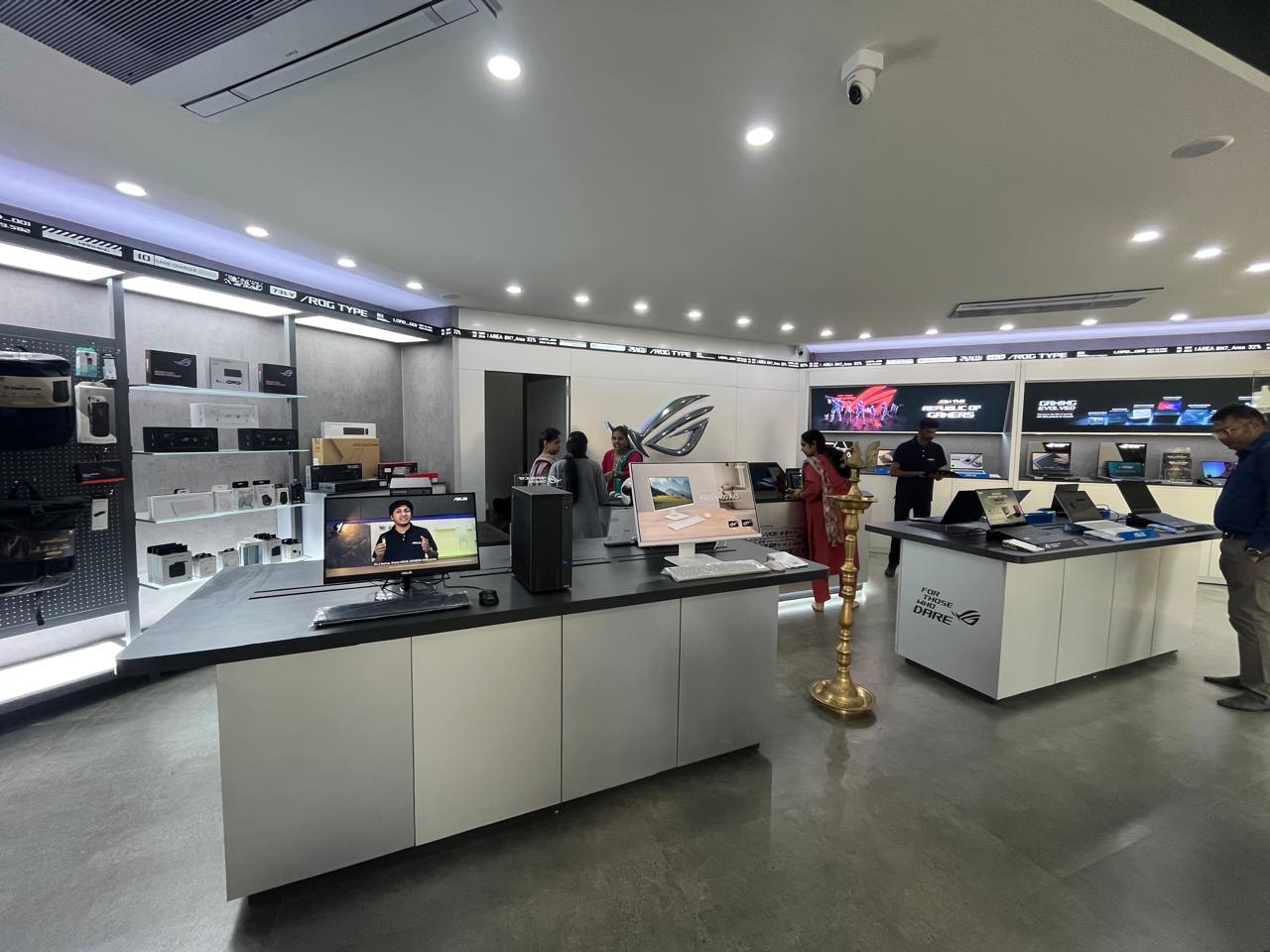The Unified Payments Interface (UPI) seems to have truly cemented itself as the go-to digital payment method in India. According to the Reserve Bank of India’s (RBI) latest annual report, UPI accounted for a striking 83.7% share of the total transaction volume in the fiscal year 2024-25, up from 79.7% the previous year. This jump highlights how deeply it has embedded itself in everyday financial habits across the country.
This surge isn’t just a number—it reflects a broader shift away from traditional cash and even other digital payment modes. India, it seems, is firmly placing itself at the forefront of real-time global payments, with UPI as a major driving force behind that transformation.
UPI’s Phenomenal Growth Trajectory
If numbers tell the story, UPI’s narrative is hard to ignore. In FY25, it processed an eye-watering 185.8 billion transactions, marking a hefty 41% increase from the previous year. In terms of value, transactions rose to ₹261 lakh crore from ₹200 lakh crore in FY24. This suggests not only more frequent use but also that people are trusting UPI for bigger payments, not just small everyday ones.
The RBI report also points out that India leads the global real-time payments scene, with UPI alone making up 48.5% of the worldwide real-time payment volume. That’s quite a statement about its scale and reach.
A Look at the Broader Digital Payment Picture
While UPI dominates, India’s entire digital payments landscape is expanding robustly. Total digital transactions, including payments via card networks, payment systems, and prepaid payment instruments (PPIs), jumped by 35% to 221.9 billion in FY25 from 164.4 billion in FY24. The value of these transactions also saw a significant 17.97% rise to ₹2,862 lakh crore.
This growth paints a picture of a nation steadily embracing digital financial services. The share of digital transactions in all non-cash retail payments now touches nearly 100%—99.9% in FY25 compared to 99.8% in FY24—showing just how close India is to becoming a fully digital retail economy.
Shifting Payment Habits: Cards and Other Systems
As UPI’s presence swells, its effect on other payment methods is clear.
- Credit Cards: Usage rose to 4.7 billion transactions from 3.5 billion, suggesting credit cards still hold a place—perhaps for specific purchases or credit needs.
- Debit Cards: In contrast, debit card transactions sharply dropped by 29.5% to 1.6 billion, probably reflecting many users shifting everyday payments to UPI’s more seamless experience.
- NEFT and RTGS: Both systems also grew. NEFT volume rose 32.4%, and RTGS volume increased by 12%, with respective value rises of 13.4% and 17.8%, reflecting steady demand for large-value transfers.
Clearly, while UPI rules the small-value retail space, other systems remain vital for certain types of payments.
What’s Behind UPI’s Rise?
Several factors seem to fuel UPI’s rapid ascent:
- Accessibility and Ease: UPI’s design is straightforward. You often just need a mobile number or a quick QR scan. That simplicity has made it popular even in smaller towns and rural areas.
- No Transaction Fees: Users don’t pay fees, encouraging frequent, casual use.
- Interoperability: UPI works seamlessly across different banks and apps, giving users plenty of choices.
- QR Code Explosion: The number of UPI QR codes surged 91.5% to 65.8 crore by March 31, 2025. Even small merchants and street vendors can now easily accept payments digitally without costly PoS setups.
- Government Support: Policy pushes, including the Payments Infrastructure Development Fund (PIDF), have expanded digital acceptance.
- Security: Strong multi-factor authentication and security protocols help build user trust.
UPI’s International Footprint and Future Directions
UPI’s influence isn’t just limited to India anymore. The RBI and NPCI International Payments Ltd (NIPL) aim to extend UPI to 20 countries by FY29. Indian UPI apps are already accepted in Bhutan, France, Mauritius, Nepal, Singapore, Sri Lanka, and the UAE. Additionally, countries like Namibia, Peru, Trinidad and Tobago, and Jamaica are moving toward adopting UPI-like systems, while the RBI explores ties with EU, SAARC, and other regions.
The RBI is also eyeing new features such as delegated payments and linking credit lines, which could further enhance UPI’s utility. Plus, trials around Central Bank Digital Currency (CBDC-Retail) with programmability and offline use are underway, hinting at exciting future possibilities.
Addressing Challenges: Fraud and Stability
Despite the growth, challenges remain. Although the overall number of digital payment fraud cases declined, the total fraud amount tripled to ₹36,014 crore in FY25, mostly linked to advances-related fraud. Interestingly, card and internet fraud cases dropped sharply from nearly 30,000 to about 13,500.
Technical hiccups, like those seen in April 2025, remind us that system stability is critical. NPCI and banks are actively working to address these issues, aiming to ensure smoother, uninterrupted services going forward.
UPI’s dominance tells us it’s more than just a payment tool—it’s reshaping how millions transact daily. Its accessibility and growing features have changed habits, nudging India toward a less-cash economy. As the system expands domestically and internationally, it’s poised to remain at the heart of digital payments for years to come. Whether UPI will keep innovating to meet new demands remains to be seen, but for now, it’s safe to say it’s rewriting India’s digital payment story.


